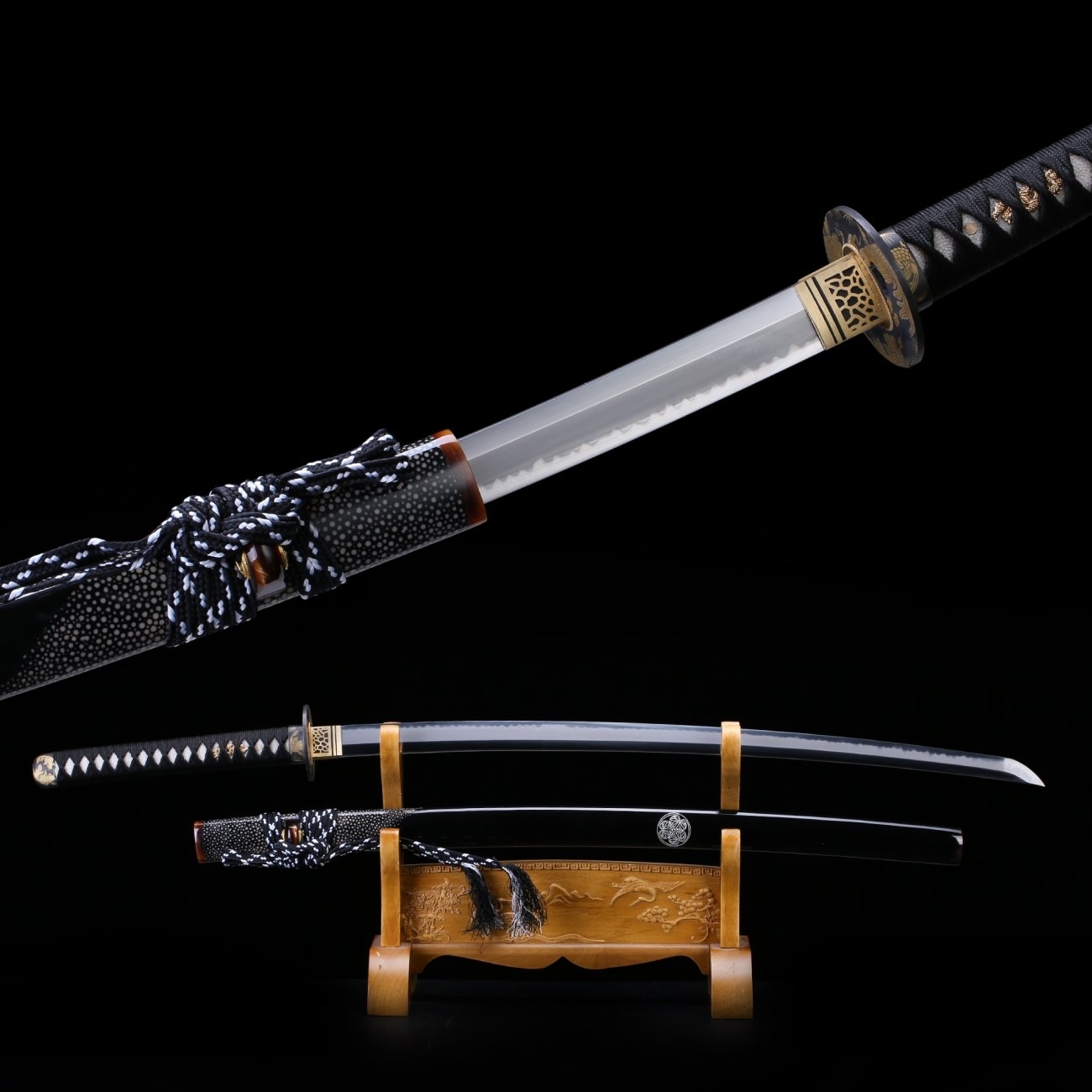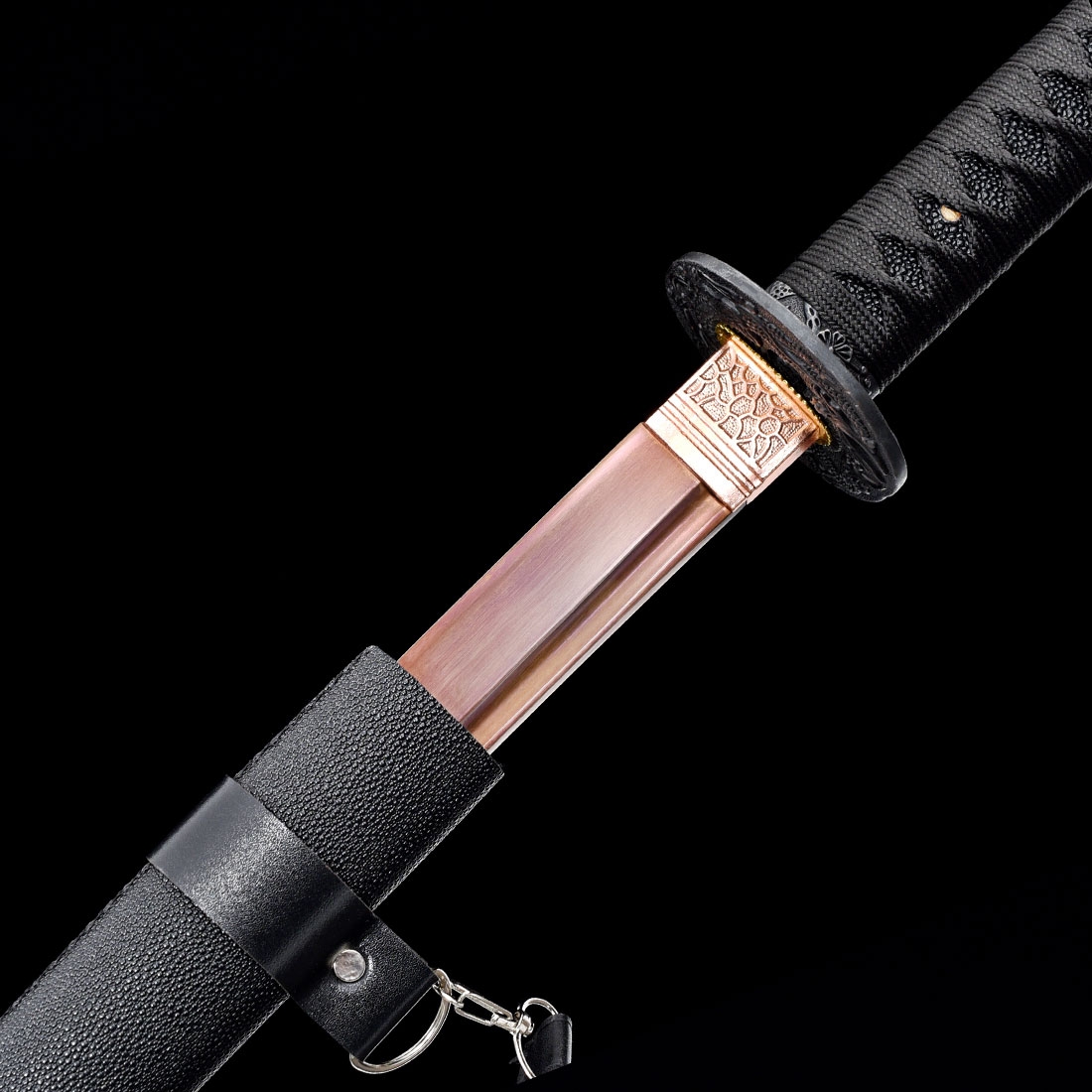
The majority of sword buyers, and the area that we specialize in, tends to focus on swords between $100 to $300. These can be had for well under $100 and are discussed on the site elsewhere. To some people, a high quality katana is one that isn't made of stainless steel and can actually cut stuff in the backyard.
#AUTHENTIC KATANA REVIEWS SERIES#
Hanwei Forge Classic Practical KATANA Series Reviews But they aren't THAT dated yet - and the fact that they are still in production and selling strong must mean that Hanwei got something right the first time. Value that they used to be (and are not sub $300 anymore). Only problem is, with increased competition they are not quite the

Probably a Practical Katana or a PPK (Practical Katana Plus). Older collectors like myself, chances are your first real Katana was ChancesĪre your local dojo still has one knocking around somewhere.
#AUTHENTIC KATANA REVIEWS PLUS#
Series - the Practical, Practical Plus and the Practical Pro. Original and the first ever sub $300 Katana was the Practical Katana Probably the best known Katana with real hamon in our target price range are the Practical Katana series by Paul Chen, owner of the Hanwei forge. But not anywhere near as much as you might expect. Price range from that are truly differentially tempered (though theīelow is one of cheapest, though - as might be expected - due to price point limitations a miracle cannot be expected.įor the serious collector or practitioner, you need to spend a little more money. As a result of this extra cost andĮffort, there are only a handful of swords to choose in our sub US$300 Have a fake acid etched or stencil ground 'hamon' because, naturallyĮnough, this process adds a fair amount of time and extra costs into Spine of the sword with a special clay before heating and quenching theīlade, hardening the edge and creating the visible temper line betweenĩ9% of all 'Samurai swords' in our target price range Of both worlds, and is achieved by a process that involves covering the

The differentially hardened sword thus combines the best On the other hand, if there were as soft as they are on theīack, they would quickly lose their edge. Through as they are on the edge, they would be too brittle to use inĬombat. If authentic Japanese swords were as hard all the way Of the sword is made much harder than the shock absorbent spine. (click on the images to open - can you spot the fake?) Temper line on the edge of the blade that authentic Japanese swords are renowned for: the Hamon. Of this process is the wavy and beautiful


So much that someone cannot be trained to do it well, and the by product Japanese swords - a technique that is difficult to do correctly but not Still very relevant in the creation of authentic Near the sub $300 price point we try to aim for.īut there is one additional unique technique that is Prohibitive - decent laminated swords start at at least $1000, no where they don't make the sword and BETTER, indeed they can sometimes make it worse!!).Īnother more advanced technique used to make authentic Japanese swords is lamination ,īut this takes a master to do it properly, and so is too cost Such techniques tend to be of cosmetic value only (i.e. These days, considering the quality of modern steel, In medieval Japanese steel, which was of a somewhat poor quality and It sounds fancy, but all it means is that when making authentic Japanese swords, traditionally the steel isįolded in on itself several (from 7 to as many as 16) times to remove impurities inherent The most common technique is folding ("Damascus Steel"). There are several techniques used in the forging ofĪuthentic Japanese swords that are replicated on $150-$500 Katana. Historical European Martial Arts (HEMA)įor more info on the various techniques used to create.


 0 kommentar(er)
0 kommentar(er)
